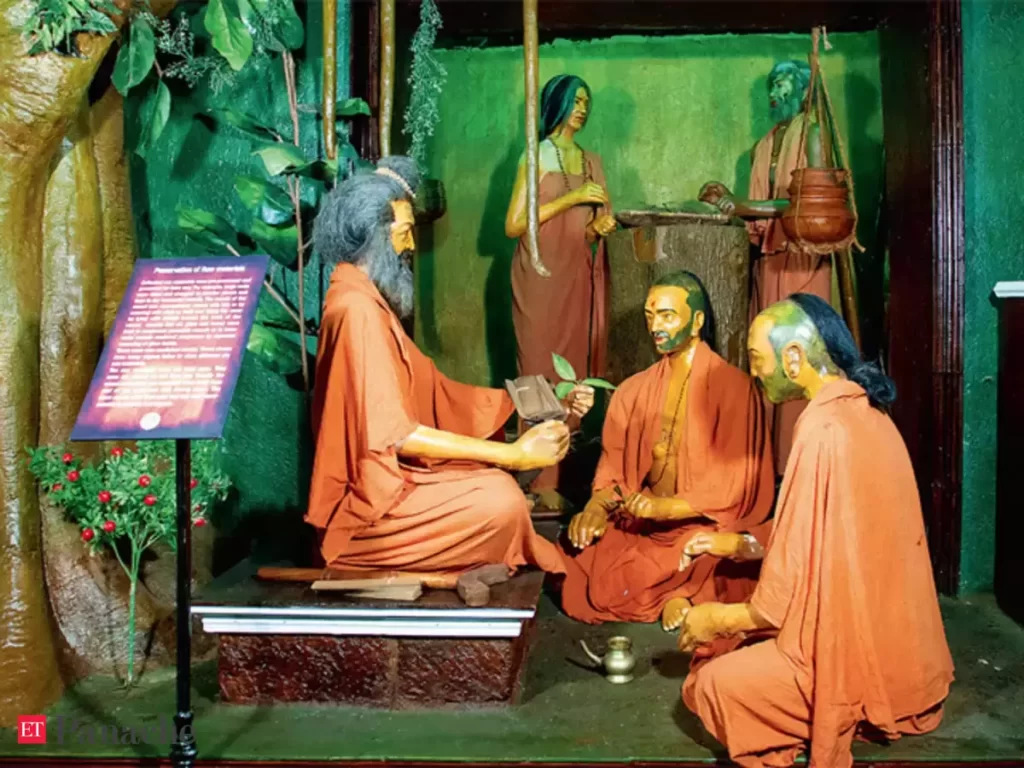Recently, a Gazette notice was released by
CCIM (Central Medical Council of India) states that this is essential for fellows Shalya Tantra (branch concerned with Ayurvedic surgery) and Shalakya Tantra (the branch concerned with Ayurvedic surgery) which deals with Ayurvedic Ophthalmology, Ophthalmology, Otolaryngology, and Dentistry) has the authority to independently perform some of the modern surgical procedures listed in this notice.) first). Since then, much debate has raged both about and against this decision. In this exchange, we provided relevant information and made recommendations that the AYUSH department could consider implementing.
History of Surgery in Ayurveda
The Sushruta Samhita, written by Sushruta (∼600 BC), explains in detail the surgical instruments, the different types of incisions, and the different techniques of stitching and dressing, reducing fractures bone, foreign body removal techniques and obstacle management surgery to work have been found. The guidebook was originally written by Sushruta, later written by Nagarjuna (AD 400-500) and later revised by Chandra
(10th century AD). He described the extracapsular surgical technique to remove cataracts with a pointed instrument. It was one of the first documented surgical methods for cataract treatment. The reconstructive surgical technique of Sushruta was used in Vaidyas even during the colonial period. A report on Vaidya using a forehead flap to reconstruct his nose was published as a letter to the editor in Gentleman’s Review as early as 1794. This incidentally introduced the Western world to this technique.
Recent History of Surgical Practices by Ayurvedic Practitioners While the practice of Ayurvedic medicine continued uninterrupted, the practice of surgery ceased due to various reasons including The birth of philosophy. 9], the real resurgence of Ayurvedic surgery (Shalya Tantra / Shalakya Tantra) began about two decades before the CCIM was established in 1971. The contribution of the University. Hindu Benares (BHU) in the process This innovation is very important. ) at BHU. surgery at the University of Michigan, USA, and
at the Academy of Medicine, respectively. University of Vienna, Austria. These universities welcomed them and trained them well in the representative organizations of surgery. These teachers than even taught students the first batch of MBBS at BHU universities. Ayurveda, this must be recognized. However, depending on their
exposure, the skills of these surgeons may be limited to certain types of procedures, the most common. Likewise, there are ophthalmologists and ENT specialists qualified in the field of Ayurveda. Can treat many cases Therefore, the limit imposed by the level of clinical exposure they receive during their training is one of the major factors determining what they actually practice. they only target clinical conditions that do not require surgery. Many Shalya practitioners even practice Kaya Chikitsa (clinical medicine) instead of surgery because the cases they choose to treat are of a different kind. Often they are limited to chronic wounds, wart excision, drainage abscess, and other similar minor surgical procedures.

